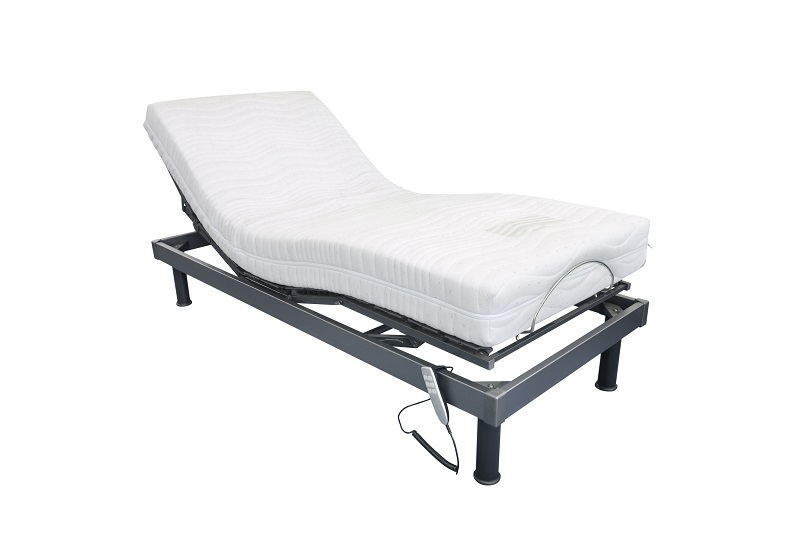The incidence of pressure ulcers remains high despite growing awareness and specifying benchmarks for pressure area care. Pressure ulcers can develop in patients of all age groups and commonly occur in those who spend extended time in bed lying in the same position. These injuries break down the skin and underlying tissue at the point where the skin put is under constant pressure. It results in damage and deformation of the skin and tissue, known as a pressure ulcer.
It is essential to determine the risk of developing a pressure ulcer and prevent them. Although it is not easy to remove the intrinsic factors, one can lower the risk of pressure, shear and friction with correct positioning of the patient and by providing him the right support system. A pressure mattress is a popular option that is commonly used in hospitals as well as homes. It is effective in reducing pressure on the patient’s pressure points, so that he does not develop pressure ulcer. Let’s know more about these mattresses.

Different Types of Pressure Mattresses
There are different types of pressure relieving surfaces to lower the risk of pressure ulcers. It is essential to understand their types before you buy the right one:S
- Static pressure mattresses : Static mattress is made of single or multiple pressure- relieving foam that helps in relieving pressure over time. This kind of mattress responds to body shape, movement and heat. Still, it is essential to reposition the patient or the immobile user on the mattress surface every couple of hours.
- Alternating press mattresses : Alternating air mattresses are made from a row of lateral air cells that allows the surface to redistribute pressure. Some of those lateral air cells inflate while the others deflate as per the body position and thus lower the pressure points. A pump unit is connected to the mattress that controls the air flow and inflates and deflates the lateral air cells. There is a lower need for manual repositioning in this type of pressure mattress.
- Hybrid pressure mattresses : Hybrid pressure mattresses make use of both static and alternating systems into one mattress and are surrounded with a soft foam topping. It provides advanced pressure relief and maintains a high level of comfort. The hybrid mattress is based on an innovative technology that responds intelligently to body shape and movement. These mattresses are perfect for those patients who carry a higher risk of developing pressure ulcers.
There are two types of system that work in pressure mattresses: the overlay system and the full replacement system. An overlay system can be used on existing mattresses and are about 2-5” in depth, while the full replacement system can be used as a single unit. One can buy the kind of system they need in the pressure mattress based on their budget and needs.
When buying a pressure mattress
One should keep specific tips in mind while buying a pressure mattress so as to enjoy the maximum benefits of these mattresses. A few things to keep in mind:
- Consider the risk category of the individual for developing pressure ulcers before buying the mattress.
- The size of pressure care mattresses can be 6 ft. by 3 ft. in length and width. Smaller or bigger versions can be made customized as per your individual needs.
- All pressure mattresses have a wipe-clean cover that is vapour-permeable and prevents moisture. Look for some models where the cover is permeated with antimicrobial agents to offer better resistant to bacterial growth.
Buying the right pressure mattress can lower the risk of developing pressure ulcers for those who are forced to sit or lie in the same position for long hours. By providing the right pressure and cushioning, it can help lower down the risks at pressure sites.
![]()









